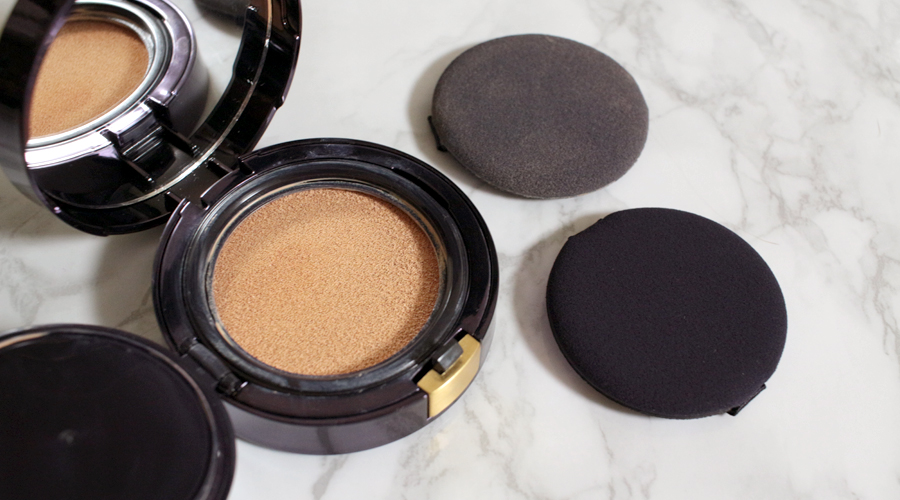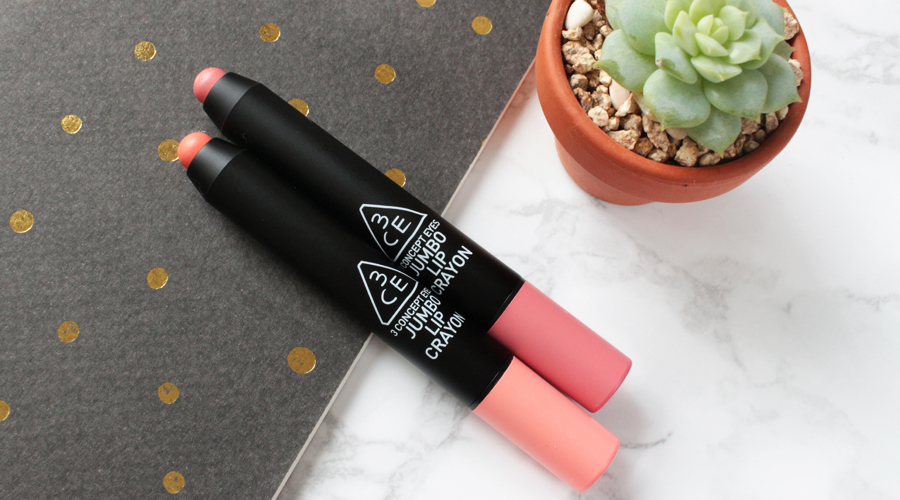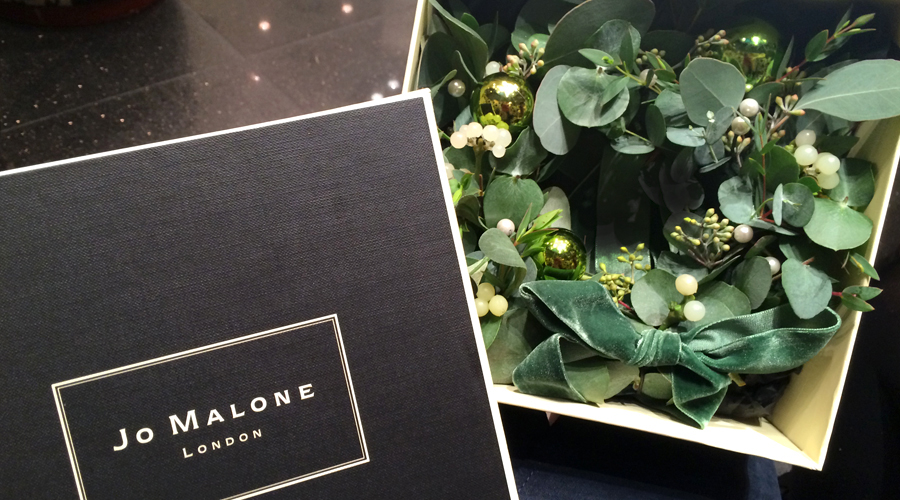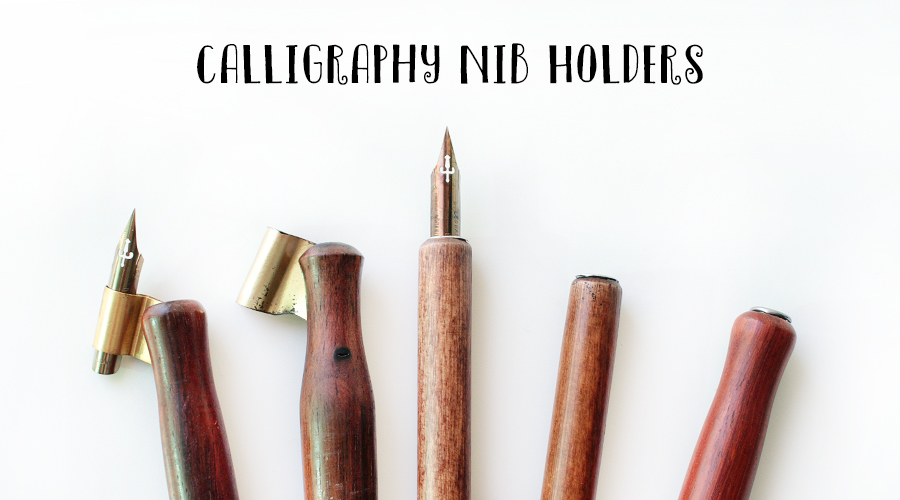
Calligraphy has been popping up everywhere on social media these days, and I’ve been dabbling in it since last summer. I’ve actually been interested in learning calligraphy since I was a kid, but it always seemed one of those hobbies with a steep learning curve. While there is a ton of information available online, a lot of it seems to be scattered about and there isn’t one book that covers everything. I suppose it’s to be expected seeing as calligraphy is an art form in its own right. So I thought I’d take the time to organize all the bits of information in my head and start a new series on my blog covering what you need to start calligraphy.
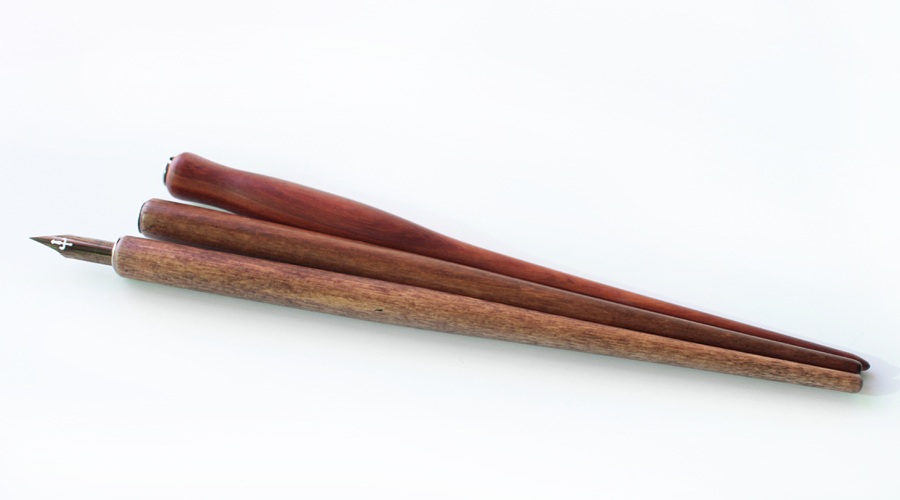
There are two types of nib holders for calligraphy and the first one is the straight holder. It’s used for square nib calligraphy such as Italic or Gothic as well as pointed pen calligraphy such as Copperplate. Straight holders come in many shapes and materials so it’s a matter of personal preference. I’ve tried a plastic holder that came with a Winsor & Newton set, and found that I didn’t care too much for a plastic holder. I prefer the texture of wood, but there are also cork and marble holders that come in different shapes and sizes too.
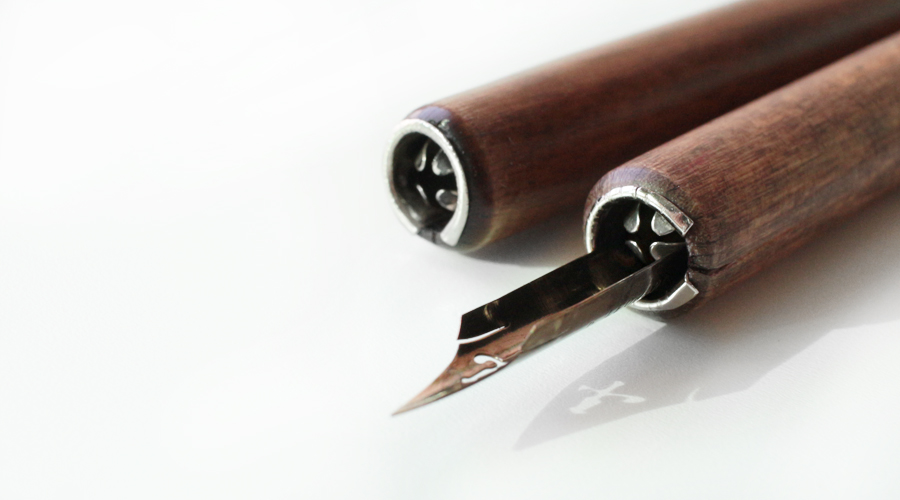
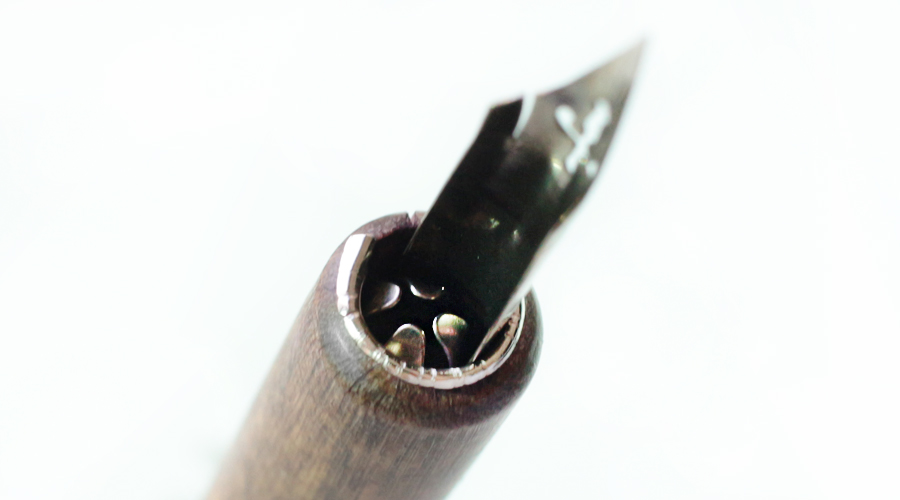
If you look closely you can see that one of my wooden straight holders has a split in it. This is because I accidentally got the wood wet a few times. So if you prefer wooden holders, try not to get them wet! Now, you would think that using a straight holder would be pretty straight forward, but it can be a little confusing figuring out where you’re supposed to put the nib in. When I first tried dip pen calligraphy 6 years ago, I thought the nib was supposed to go in the center of the “cross.” It’s actually supposed to go in the outer circle. So if you take a closer look, you can see that I haven’t put the nib in the center of holder.
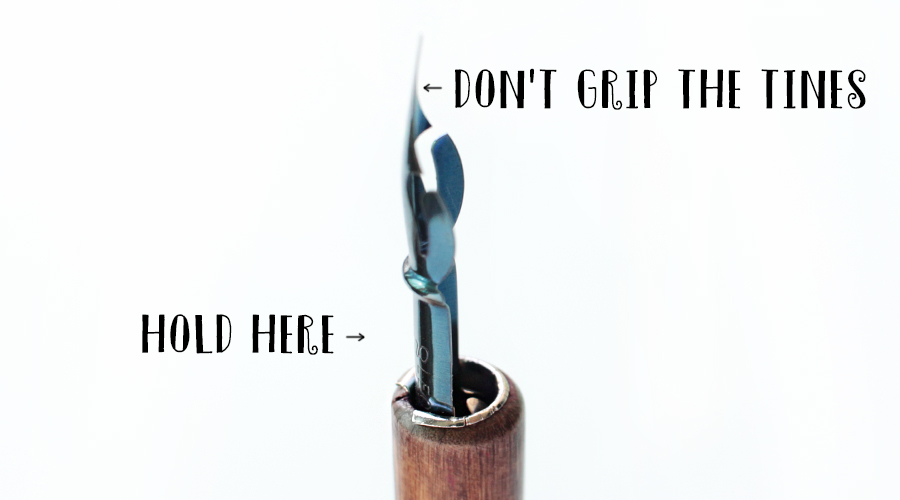
When you’re putting a nib into a straight holder, you want to make sure you hold the base of the nib rather than the tines. The tines are the pointy tips of the nib. If you put pressure on the tines you could ruin the nib for good, so make sure you hold the base instead. If you have trouble gripping the nib, I find that wrapping a paper towel around it can really help! Just make sure that you’re not gripping any part of the nib too hard. Coax it out, don’t squeeze and yank. Nibs might not see super expensive at first, but it really starts to add up; especially when you’re just starting out and need a lot of materials.
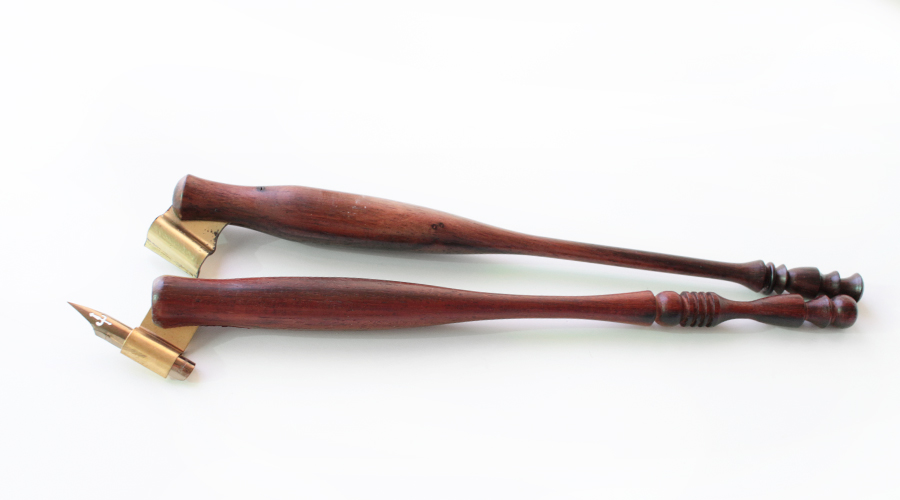
Oblique holders were developed for the Spencerian script, but are commonly used for Modern calligraphy as well. Some people use them for Copperplate but Master Scribe Paul Antonio explains that there are lots of problems when trying to do Copperplate with an oblique holder. So I would recommend the oblique holder for Spencerian or Modern calligraphy. Oblique holders might look a little scary at first, but they’re not hard to use. They’re actually pretty fun!
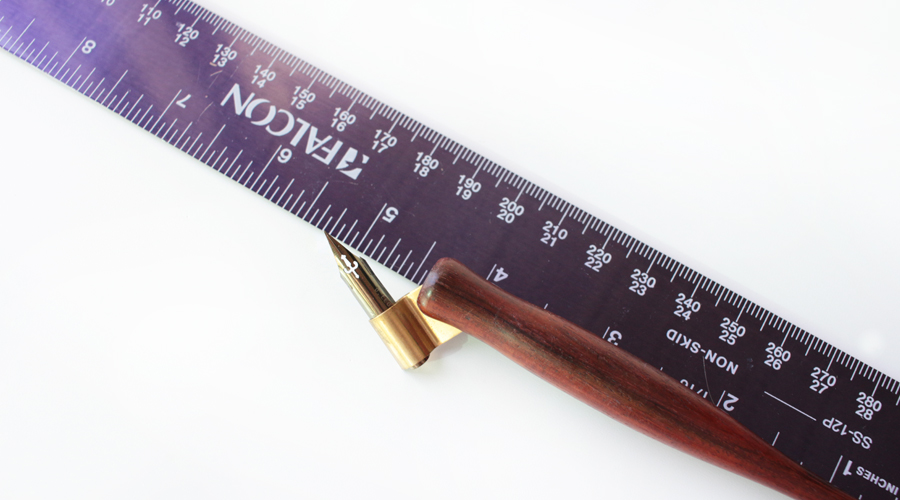
It’s also somewhat tricky picking out an oblique holder, because it’s no good if the tip of the nib isn’t aligned with the center of the holder. I ordered my first oblique holder locally, but found that while the grip was superb and crafted with beautiful wood the flange (the metal part) wasn’t at the right angle. I still haven’t got around to getting after service because lately I’ve been predominantly using a straight holder. When I was ordering some books from John Neal Bookseller, I threw in the Adjusted Turned Wood oblique holder for the Principal EF nib on a whim and it came centered perfectly and at the angle I was looking for. It fits the Nikko G, Brause & Leonardt Blue Pumpkin, and the Gillot 30. Just be careful not to put any pressure on the tines when putting the nib and pulling it out. The Brause Ro3, Hunt 101, 404, For the Principal EF the flange is actually a little wider than the nib so you have to sort put in one end and wiggle in the other end. The Cito Fein, Finger, Iserlohns, and the Hunt 99 do not fit. So if you’re thinking about getting an oblique holder, I recommend getting the Adjusted Turned Wood oblique holder from John Neal Bookseller along with the F.W. Tamblyn’s Home Instructor.
Your turn ♥ Have you ever tried calligraphy before? What kind of calligraphy are you interested in?


